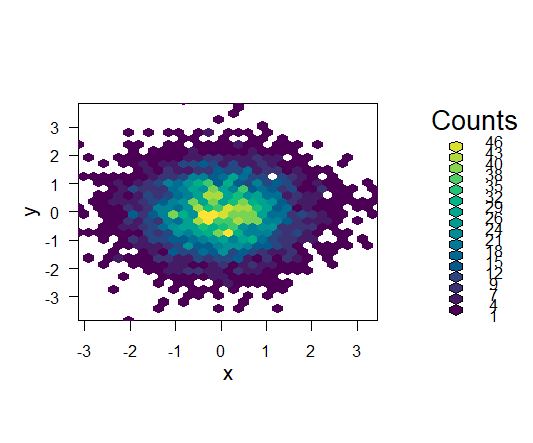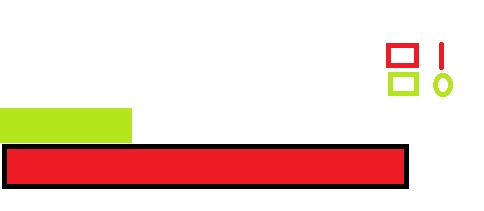How to Calculate Lag by Group in R?, The dplyr package in R can be used to calculate lagged values by group using the following syntax.
Subsetting with multiple conditions in R – Data Science Tutorials
df %>% group_by(var1) %>% mutate(lag1_value = lag(var2, n=1, order_by=var1))
The data frame containing the lagged values gains a new variable as a result of the mutate() procedure.
The usage of this syntax in practice is demonstrated by the example that follows.
How to Calculate Lag by Group in R?
Assume we have the following R data frame, which displays the sales generated by two separate stores on various days.
What Is the Best Way to Filter by Date in R? – Data Science Tutorials
Let’s create a data frame
df <- data.frame(store=c('Store1', 'Store2', 'Store1', 'Store2', 'Store1', 'Store2', Store1', 'Store2'),sales=c(1057, 1212, 1560, 459, 1259, 4511, 28718, 789523))
Now we can view the data frame
df
store sales 1 Store1 1057 2 Store2 1212 3 Store1 1560 4 Store2 459 5 Store1 1259 6 Store2 4511 7 Store1 28718 8 Store2 789523
The new column that displays the lagged values of sales for each retailer may be made using the code below:
library(dplyr)
Let’s calculate the lagged sales by group
5 Free Books to Learn Statistics For Data Science – Data Science Tutorials
df %>% group_by(store) %>% mutate(lag1_sales = lag(sales, n=1, order_by=store))
store sales lag1_sales <chr> <dbl> <dbl> 1 Store1 1057 NA 2 Store2 1212 NA 3 Store1 1560 1057 4 Store2 459 1212 5 Store1 1259 1560 6 Store2 4511 459 7 Store1 28718 1259 8 Store2 789523 4511
How to interpret the result is as follows:
Due to the absence of a prior sales value for the store Store1A, the first value of lag1 sales is NA.
How to add labels at the end of each line in ggplot2? (datasciencetut.com)
Due to the absence of a previous sales value for store 2, the second value of lag1 sales is NA.
Because 1057 was store 1’s prior sales figure, it is the third value of lag1 sales.
Due to store 2’s prior sales value of 1212, the fourth value of lag1 sales is 1212.
so forth.
Tips for Rearranging Columns in R – Data Science Tutorials
Keep in mind that by altering the value for n in the lag() method, you can also adjust the number of lags that are used.











